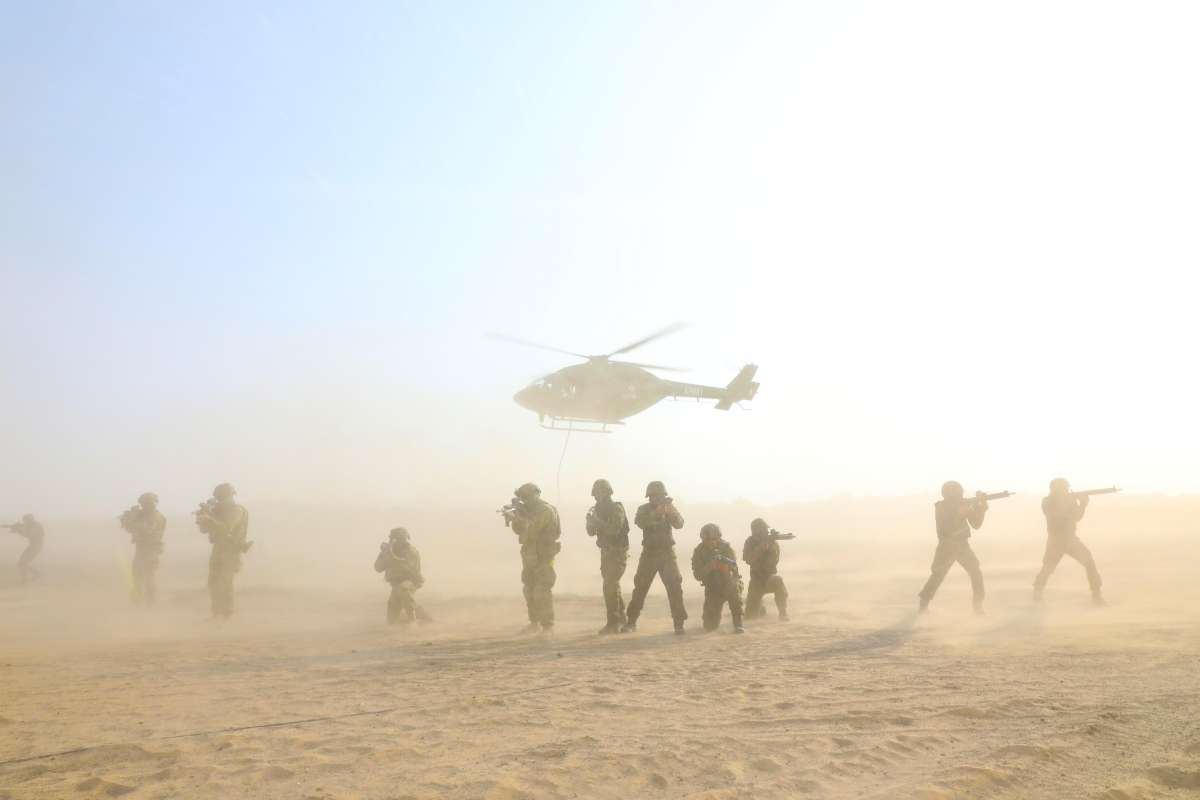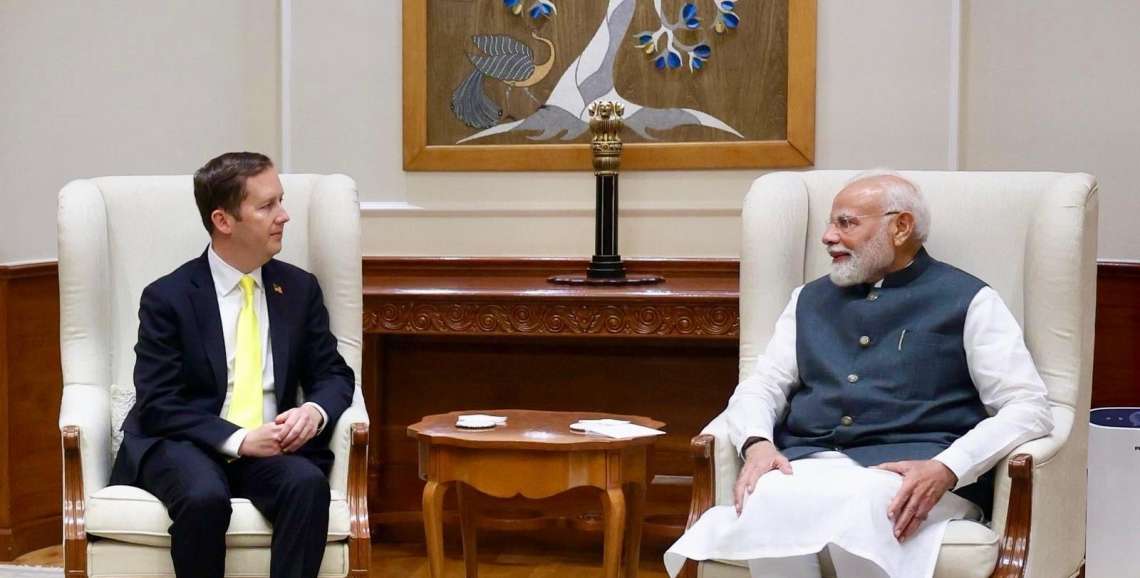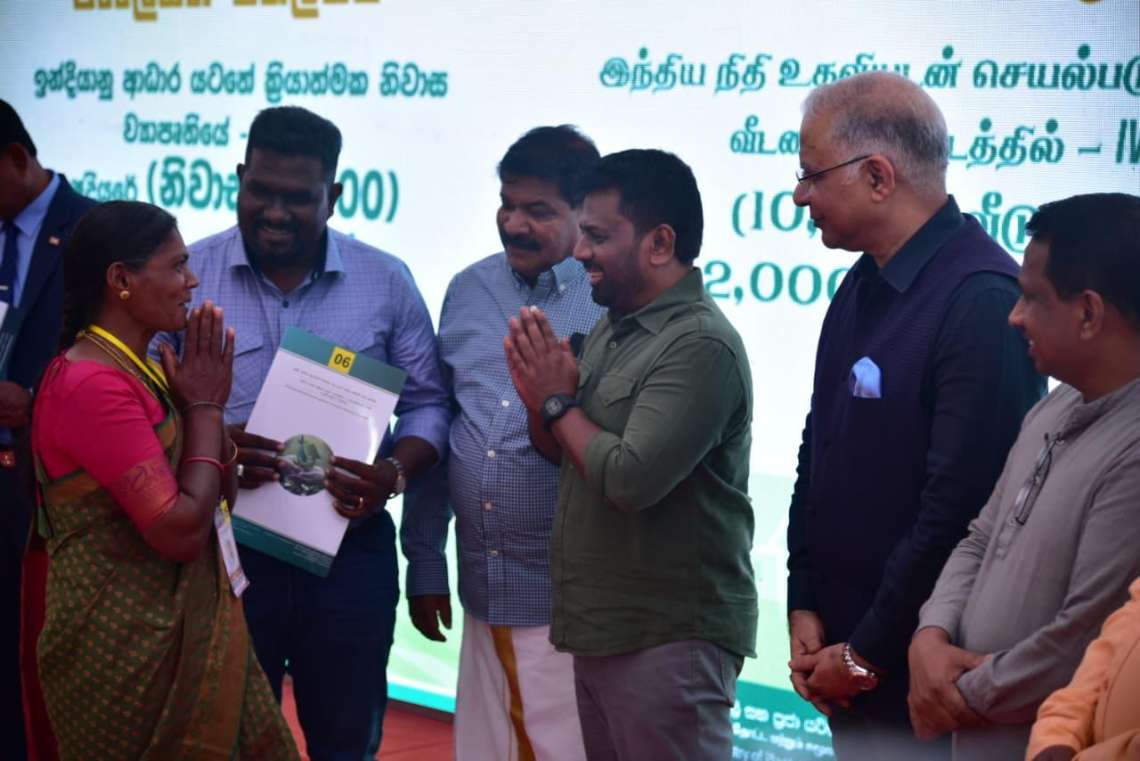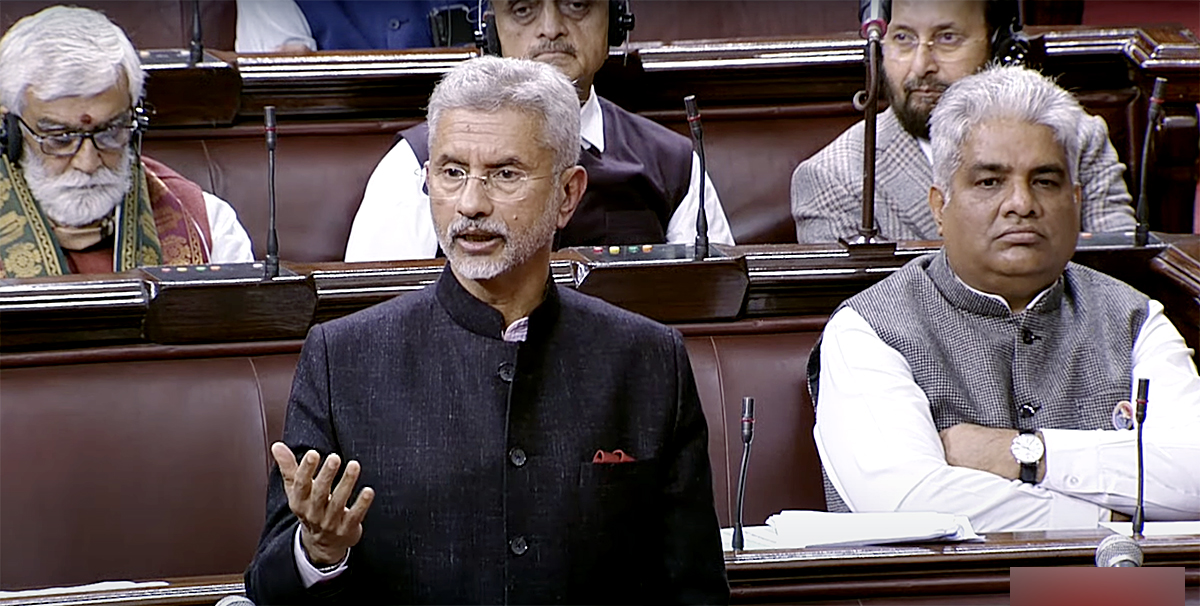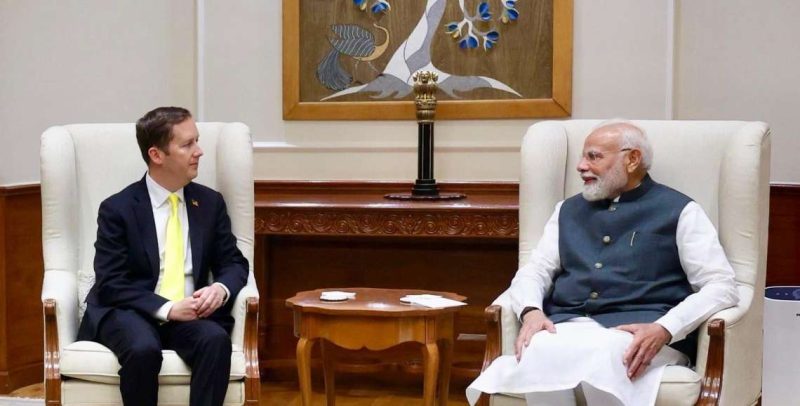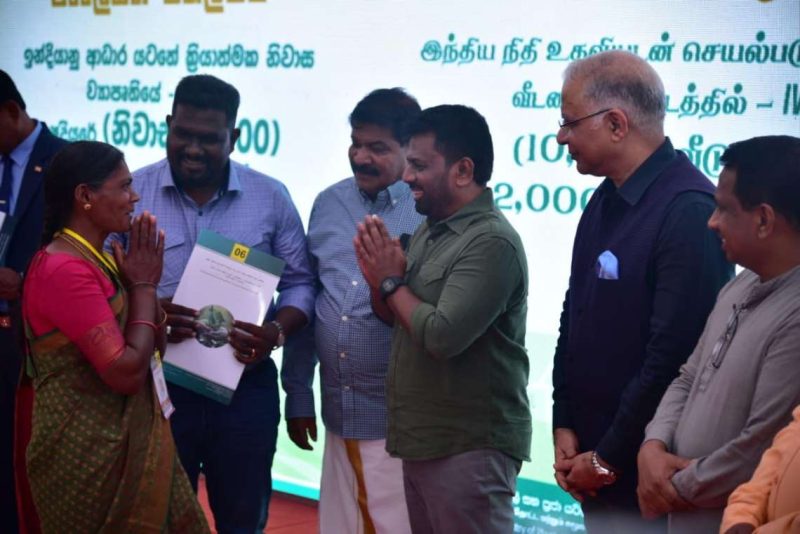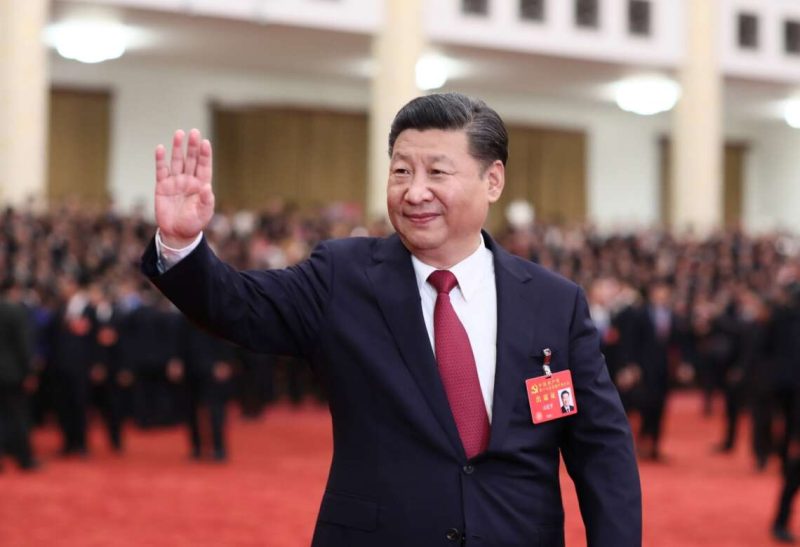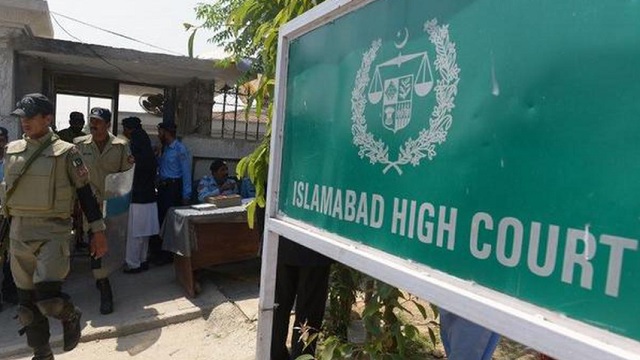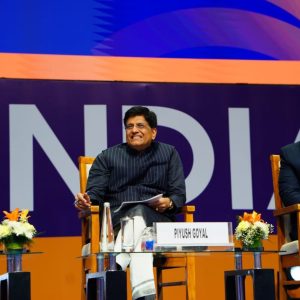This is the largest Australian Army contingent visiting India since the Second World War, marking yet another interoperability milestone…writes Ateet Sharma
As it enters its final phase, the inaugural edition of joint military exercise between Indian and Australian Army ‘AustraHind-2022’ has intensified with women soldiers from both countries taking a lead in the desert of Rajasthan.
The two-week bilateral training exercise – the latest effort in building “positive military relations” between the two Quad partners – kicked off in Bikaner’s Mahajan Field Firing Ranges on November 27 and will end on December 11.
While the Indian Army is being represented by troops from Dogra regiment, the 13th Brigade of the Australian Army’s 2nd Division is participating in the inaugural edition which will be a yearly event now.
This is the largest Australian Army contingent visiting India since the Second World War, marking yet another interoperability milestone.
“This joint exercise will enable the two armies to share best practices in tactics, techniques and procedures for conducting tactical operations at company and platoon level for neutralising hostile threats,” said the Ministry of Defence at the start of the exercise.
Over the last few days, the soldiers have participated in tactical drills in semi-urban terrain and close quarter, sniper action and heliborne insertion practice in a peacekeeping scenario.
At the same time, they also continue to share knowledge and skills to enhance the scope and complexity of their military exercises and engagement activities in the Indo-Pacific region.
Training on new generation equipment and specialist weapons including snipers, surveillance and communication equipment to achieve a high degree of situational awareness apart from casualty management, casualty evacuation and planning logistics at Battalion/Company level have also been held.
Apart from tactical-level info sharing, the soldiers also took part in rotary wing air-land and fast-rope training.
Australia and India are Comprehensive Strategic Partners and Canberra has vowed to work closer with India in support of an open, inclusive and resilient Indo-Pacific in view of the fast-changing geostrategic order.
In June, Australian Deputy Prime Minister and also country’s Defence Minister, Richard Marles landed in Goa – the first high-level visit from Australia after the formation of Anthony Albanese government – to personally witness India’s growing prowess in indigenous drone development and autonomous vehicle technology.
In their bilateral meeting in New Delhi on June 22, Defence Minister Rajnath Singh and Marles welcomed the growing diversity and frequency of defence exercises and exchanges between the two countries.
In September, the Chief of Naval Staff (CNS) Admiral R Hari Kumar’s undertook a three-day visit to Australia as an Indian Navy P-8I maritime patrol aircraft was deployed to RAAF Base Darwin for the second time in six months for a joint exercise.
During his stay, Admiral Kumar held meetings with the Australian Navy chief Vice Admiral Mark Hammond, Vice Chief of Australian Defence Forces Admiral David Johnston, Secretary of Defence Greg Moriarty, Chief of Royal Australian Air Force (RAAF) Air Marshal Robert Chipman and Deputy Chief of Joint Operations Air Vice Marshal Mike Kitcher.
A month later, Australian Defence’s flagship engagement activity ‘Indo-Pacific Endeavour 2022’ returned to India for the third time as Royal Australian Navy’s warships HMAS Adelaide and Anzac arrived at the Eastern Naval Command Headquarters in Visakhapatnam.
India and Australia have also been working together closely in several bilateral and multilateral fora such as the Indian Ocean Naval Symposium (IONS), Indian Ocean Rim Association (IORA), and Western Pacific Naval Symposium (WPNS).
Highlighting the need for enhanced defence cooperation, Australia’s High Commissioner to India Barry O’Farrell stated that as the world becomes more multi-polar, the region’s resilience will be tested.
“At our heart, Australia and India are both Indo-Pacific nations. We share the Indian Ocean – one of the world’s greatest maritime resources. Our geography places us squarely in the middle of the world’s strategic centre of gravity,” the Australian diplomat said while addressing the Indo-Pacific Oceans Initiative (IPOI) conference in October.


